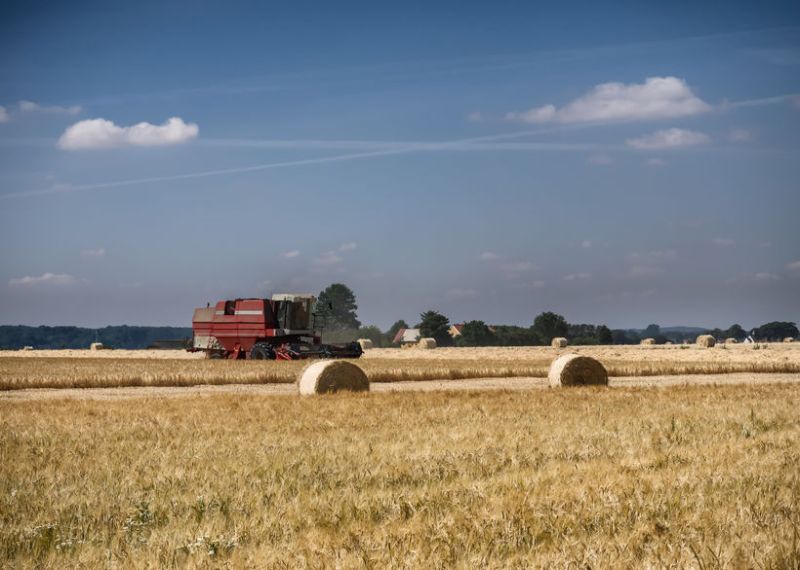
Danish farmers face poorer conditions than their British and European counterparts due mainly to higher production costs.
While farmers in Denmark are skilled producers, the higher costs make it difficult for the industry to compete with its neighbours.
Researchers from the University of Copenhagen have looked at financial data from 80,000 EU farms comparable with similar farms in Denmark.
Farms from 25 countries, including the UK, were covered in the analysis, mainly dairy, crop and pig producers.
The report found Danish farmers are 'consistently faced with poorer production possibilities' than farmers in most other EU nations.
"We can safely say that the figures demonstrate a consistent pattern. Danish farmers are good at taking advantage of opportunities, but the opportunities available to them are simply worse," according to Mette Asmild, author of the report.
The steeper costs are attributable to factors including labour costs due to employee wages, land prices, building construction and renovation costs, feed, fertilisers and veterinarians.
Ms Asmild points out that regulatory differences can also lead to increased costs for individual farmers when compared with those in other countries. Overall though, it the higher cost of production.
"We anticipated discovering a few unique factors that lead to poorer opportunities for Danish farmers, but in the end, it appears to be broadly attributable to higher production costs," said Ms Asmild.
Countries included in the analysis are: Belgium, Bulgaria, Cyprus, Denmark, Estonia, Finland, France, Greece, Netherlands, Italy, Ireland, Croatia, Lithuania, Latvia, Poland, Portugal, Slovakia, Slovenia, Sweden, UK, Spain, the Czech Republic, Germany, Hungary, Austria and the two German states of Lower Saxony and Schleswig-Holstein.
The data reflect 90 percent of European agricultural production.
